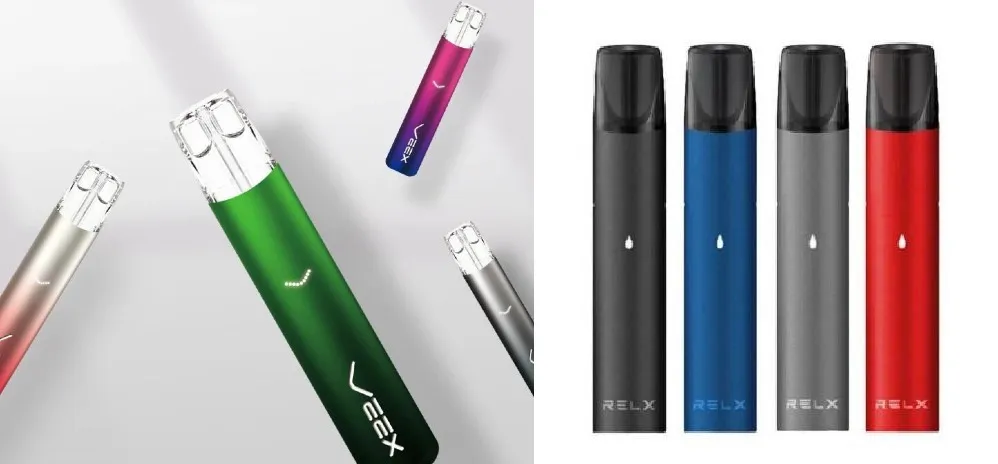
Vaping has emerged as a prominent alternative to Relx traditional smoking over the past decade. With the rise of vape pens and e-cigarettes, many have turned to these devices in hopes of reducing their reliance on combustible tobacco products. But what exactly is vaping, and what should consumers know about its impact on health and society?
What is Vaping?
Vaping involves inhaling vapor produced by an electronic device, typically called an e-cigarette or vape pen. These devices heat a liquid known as e-liquid or vape juice, which usually contains nicotine, flavorings, and other chemicals. The resulting vapor is then inhaled, providing a sensation similar to smoking but without combustion.
The Appeal of Vaping
Several factors contribute to the popularity of vaping:
- Perceived Harm Reduction: Many individuals view vaping as a safer alternative to smoking. Traditional cigarettes contain thousands of harmful chemicals produced by burning tobacco, whereas e-cigarettes do not involve combustion, potentially reducing exposure to these toxic substances.
- Flavor Variety: E-liquids come in a vast array of flavors, from fruity to dessert-inspired, making the experience more enjoyable for many users. This variety also appeals to those who find traditional tobacco flavors unappealing.
- Social Perception: Vaping is often perceived as less socially stigmatized compared to smoking. It doesn’t produce the lingering odor associated with cigarettes, which can make it more acceptable in social settings.
Benefits of Vaping
- Reduced Harm: While not without risks, vaping is generally considered less harmful than smoking traditional cigarettes. Studies suggest that e-cigarettes expose users to fewer harmful chemicals and toxins compared to combustible tobacco products.
- Smoking Cessation: Some smokers use vaping as a tool to quit smoking. The gradual reduction of nicotine levels in e-liquids can help users taper off their nicotine dependency.
- Cleaner Environment: Vaping does not produce ash or tar, which can reduce the environmental impact and clean-up associated with traditional smoking.
Concerns and Risks
Despite its perceived benefits, vaping is not without its concerns:
- Health Risks: The long-term health effects of vaping are still not fully understood. Research is ongoing, but there is evidence suggesting that vaping may pose risks, such as respiratory issues and cardiovascular effects. Some e-liquids have been found to contain potentially harmful substances, including heavy metals and toxicants.
- Nicotine Addiction: Many e-liquids contain nicotine, a highly addictive substance. This can pose a risk of nicotine addiction, particularly among youth and non-smokers who may begin vaping as a gateway to nicotine use.
- Youth Appeal: The wide range of flavors and attractive packaging can appeal to younger audiences, raising concerns about the potential for increased use among teenagers and young adults. This has led to calls for stricter regulations on the marketing and sale of vape products.
- Regulation and Quality Control: The vaping industry has faced criticism for a lack of standardization and quality control. Issues with product safety and inconsistencies in e-liquid formulation have been reported, leading to potential health risks for users.
Conclusion
Vaping presents a complex landscape of potential benefits and risks. For those looking to quit smoking, it can offer a less harmful alternative. However, it is essential for users to be aware of the ongoing research and evolving regulations surrounding vaping. As the industry and science continue to develop, informed decisions and responsible usage will be crucial in navigating the future of vaping.




